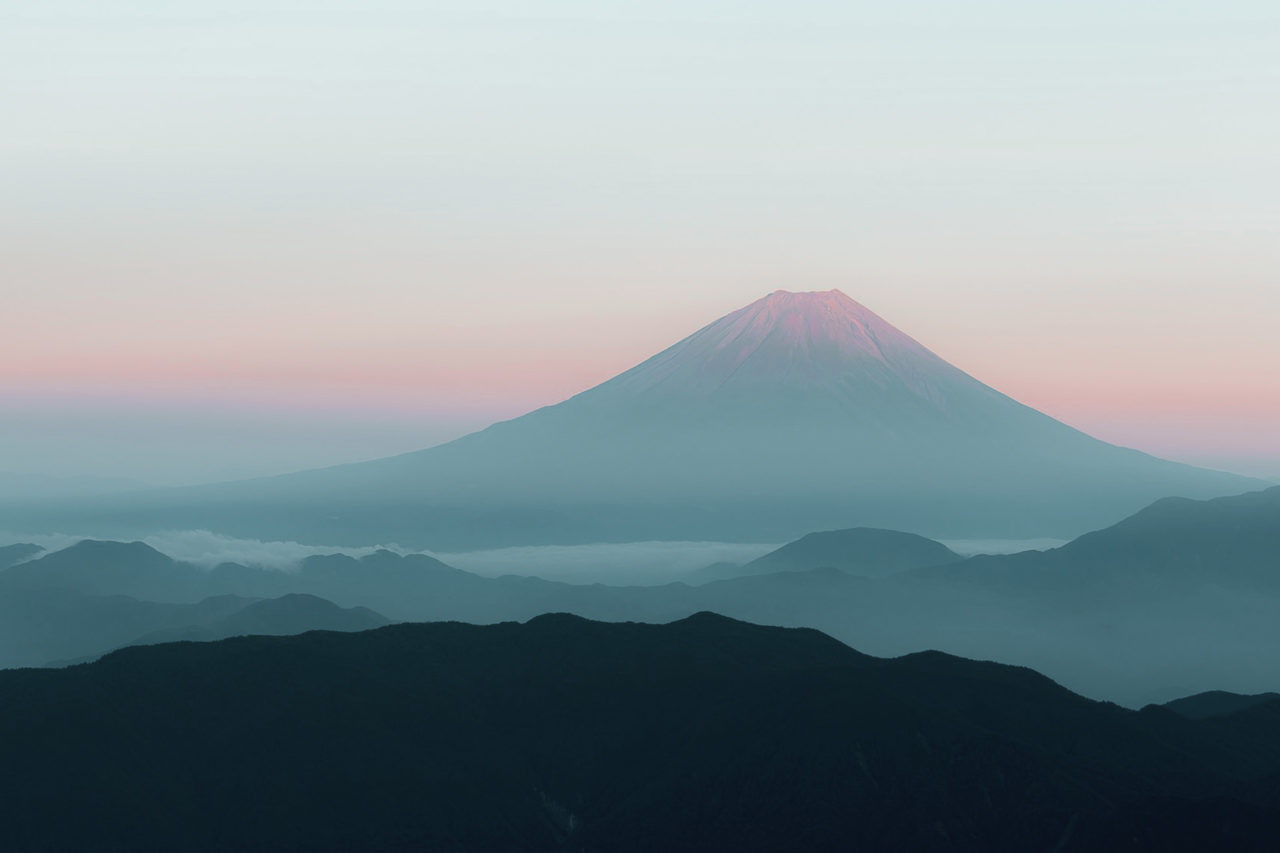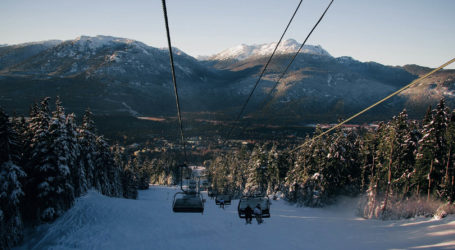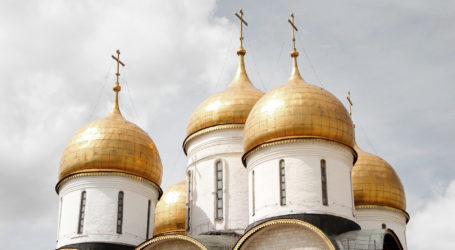Snow Climbing Mount Fuji
Climbing Mount Fuji (3776 meters), Japan’s highest and most prominent mountain, can make for lifelong memories. The mountain itself may look more attractive from afar than from close up, but the views on clear days and the experience of climbing through the early morning hours among hundreds of equally minded hikers from across the world are very rewarding.
Official Climbing Season
Early July to mid September is the official climbing season when the trails and mountain facilities are open. During this period the mountain is usually free of snow, the weather is relatively mild, access by public transportation is easy, and the mountain huts are operating. Anyone without much hiking experience is advised to tackle the mountain during the official climbing season. The specific dates depend on the year and trail. In 2015 they are set as follows:
- Yoshida Trail: July 1 to September 14, 2015
- Subashiri, Gotemba and Fujinomiya Trails: July 10 to September 10, 2015
The Crowds
Climbing Mount Fuji is very popular not only among Japanese but also foreign tourists, who seem to make up more than a third of all hikers. The peak season for climbing Mount Fuji is during the school vacations which last from around July 20 to the end of August. The peak of the peak is reached during the Obon Week in mid August, when climbers literally have to stand in queues at some passages.
While you may want to avoid the Obon Week, we believe that by avoiding the crowds in general, you would miss out one of the most interesting aspects of climbing Mount Fuji, which is the camaraderie and unique experience of ascending the mountain among hundreds of equally minded people from across the world.
In order to encounter neither too large nor too small crowds, we recommend to climb Mount Fuji on a weekday in the first half of July before the start of the school vacations. The downside of a climb in early July is the weather, which tends to be somewhat more unstable than later in the season.
Timing
Most people try to time their ascent in order to witness the sunrise from the summit. Also, the chances of the mountain being free of clouds are highest during the early morning hours.
The recommended way of doing this, is to climb to a mountain hut around the 7th or 8th station on the first day and spend some hours sleeping there before continuing to the summit early on the second day. Note that the sunrise takes place as early as 4:30am to 5:00am in summer.
Another popular way is to start climbing the mountain in the late evening from the 5th Station and hike through the night to reach the summit around sunrise. This is a more tiring way of climbing the mountain and is discouraged by the local authorities as it brings an increased risk of altitude sickness (see below) and injury.
Ascending and descending the mountain in a single day during daytime is also possible, but again it is not recommended for the same reasons as above. Furthermore, the mountain provides very little shelter, leaving climbers fully exposed to the sun. Visibility also tends to be worse during daytime when the mountain is frequently wrapped in clouds.
A walk around the crater of Mount Fuji takes about one hour. The mountain’s and Japan’s highest point is located immediately next to the weather station on the opposite side from where the Yoshida Trail reaches the peak.










